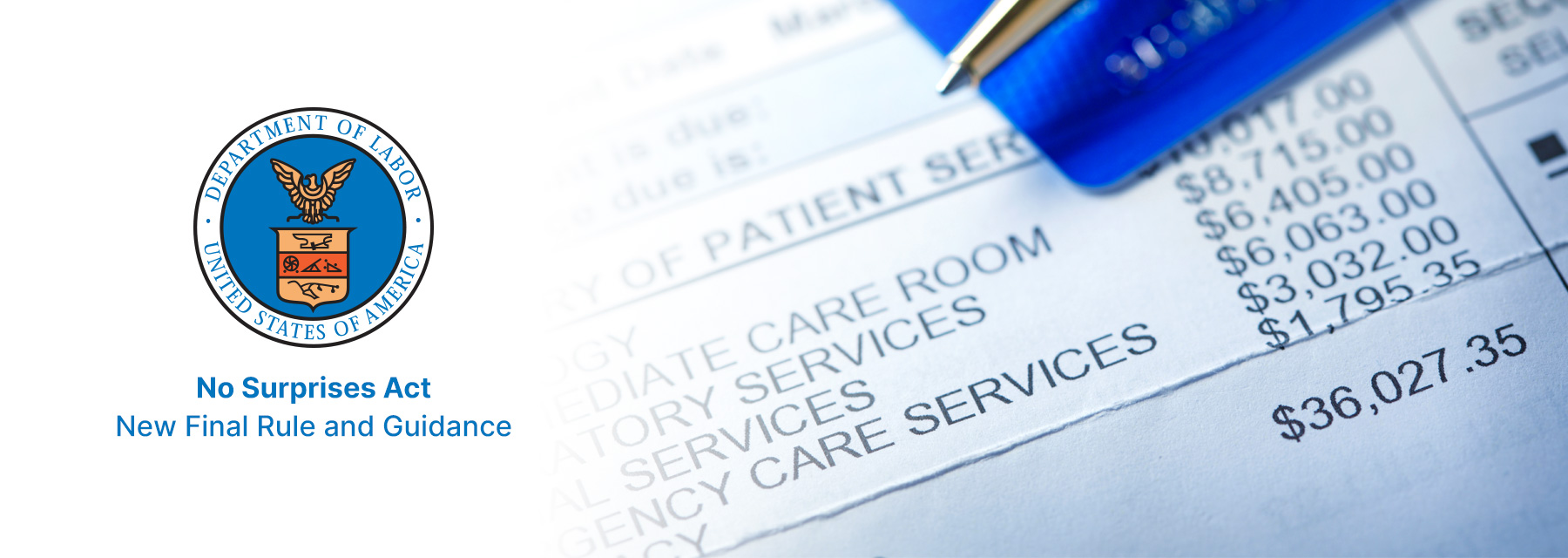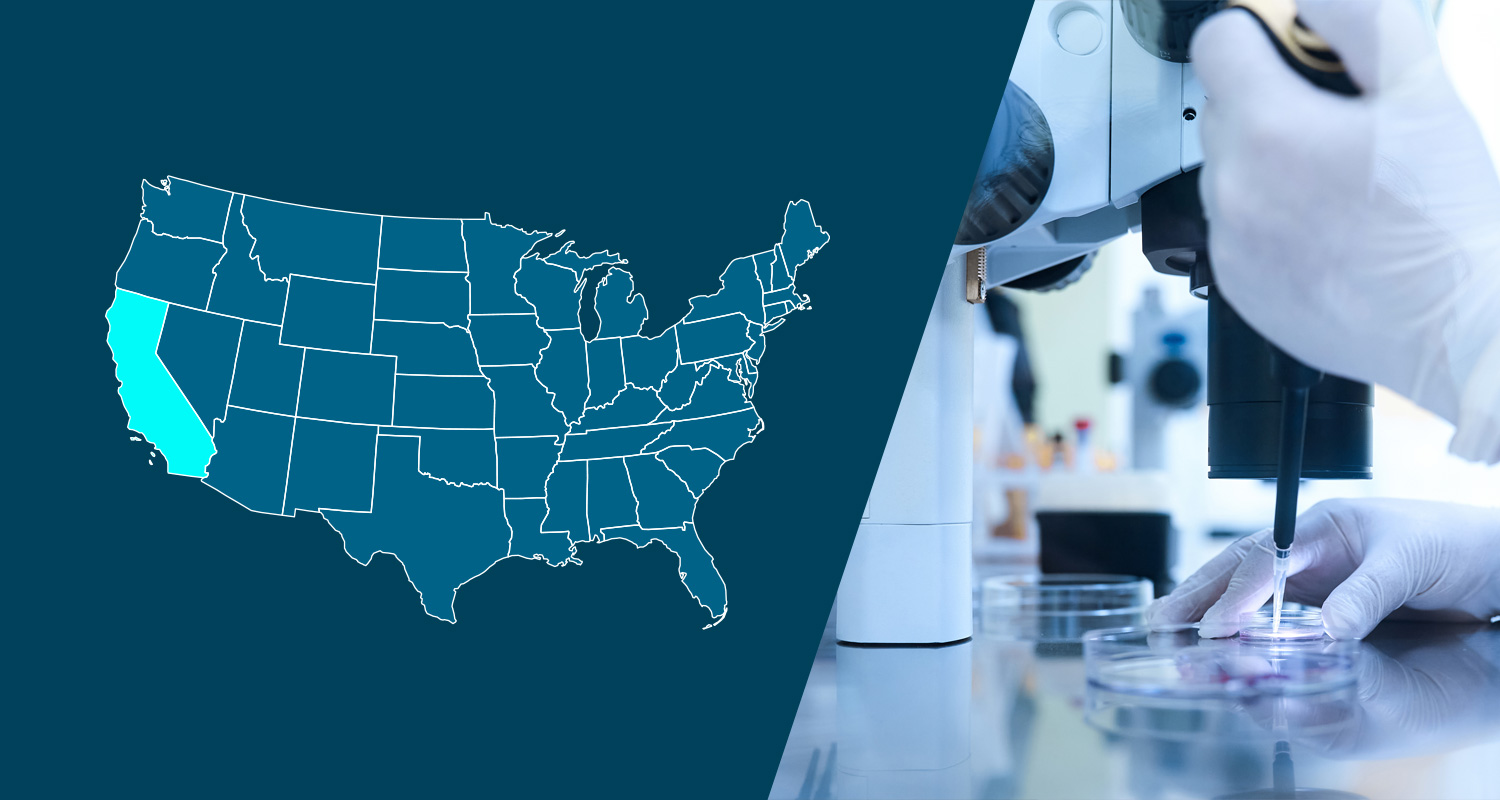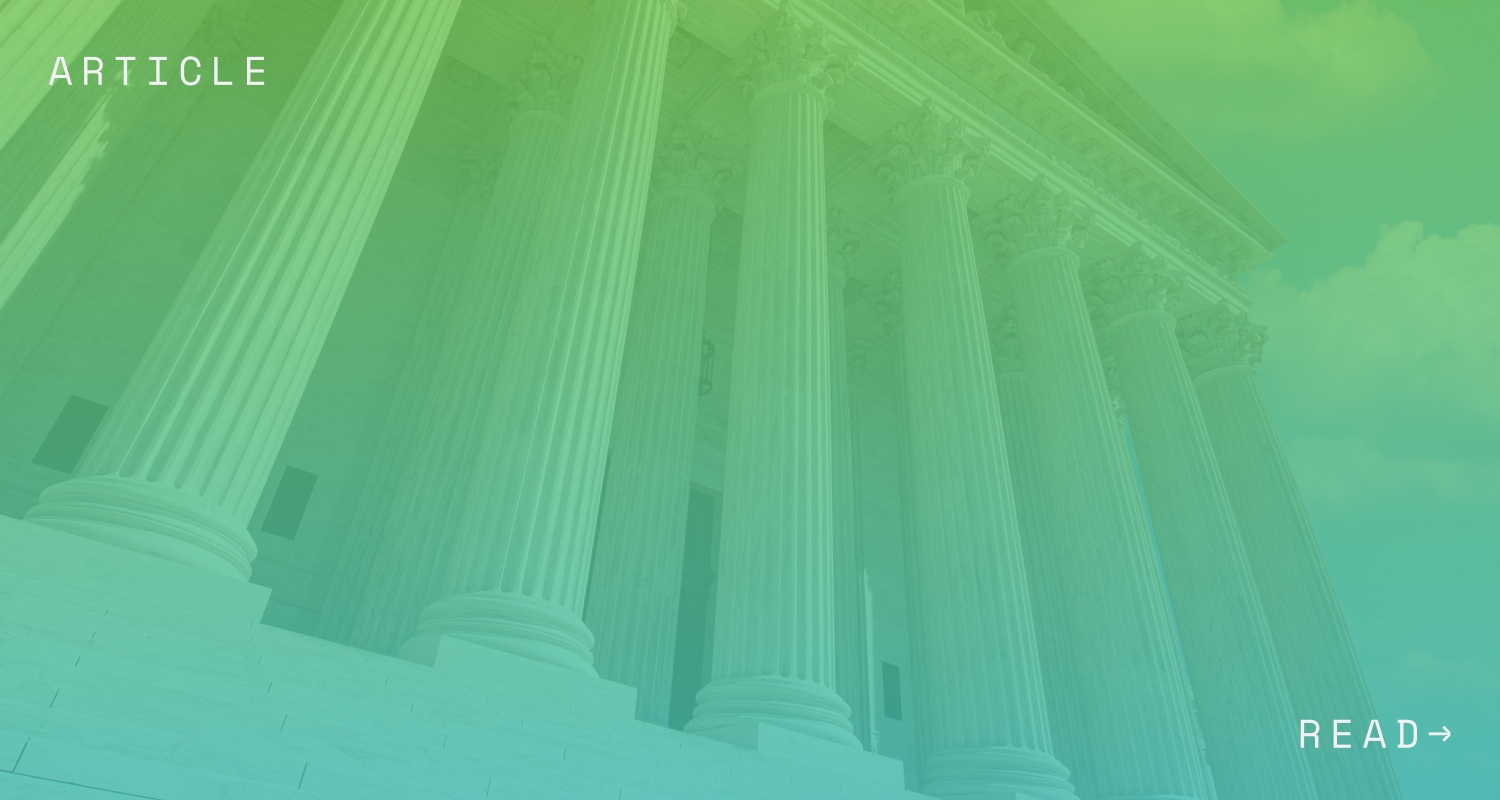On August 19, 2022, the Department of Health and Human Services, Department of Labor, and Department of Treasury (collectively, the Departments) issued a final rule, related fact sheet, and FAQs on the surprise billing process under the No Surprises Act (NSA), provisions of the Consolidated Appropriations Act 2021(CAA).
Background
The NSA creates a robust statutory framework aimed at curtailing the practice of surprise billing, such as new protections for consumers and imposes new requirements on healthcare providers/facilities, group health plans, and insurers. For more information on the NSA and its requirements, see our prior blogs on the topic, Round Up of the New Transparency Rules: The No Surprises Act, Health Plan Transparency, and Mental Health Parity and Regulations Released Implementing Consumer Protections under the “No Surprises Act” and How Employers Should Prepare.
Among other matters, the NSA provides guidance on the methodology for calculating the qualifying payment amount (QPA) used when determining the cost-sharing amount an individual must pay to protect against surprise medical bills under certain circumstances. For example, where an individual is receiving non-emergency care at an in-network hospital, but they are unknowingly treated by an out-of-network provider. In addition, the NSA establishes a federal independent dispute resolution (IDR) process to be used to determine the out-of-network rate for applicable services if there is an unresolved negotiation.
Guidance on the QPA and IDR process was provided under interim final rules released in July 2021 and October 2021 (and effective as of January 1, 2022). However, the criticism received by providers (and through lawsuits) influenced additional guidance, which was provided in the final rule.
Recent Guidance
With the above in mind, the final rule provides clarification on the IDR process, requiring that the offer that best represents the value of the item or service at issue, considering the QPA (for the applicable year for the same or similar service) and all additional permissible information (e.g., quality and outcomes measurements of the provider that furnished the services and the condition of the individual receiving the services, as elaborated further in the final rule), be selected. The final rules are scheduled to be effective as October 25, 2022, 60 days after publication.
Employer Impact
This recent guidance will largely impact processes of insurance carriers and third-party administrators (TPAs). That said, employers may want to confirm with their carriers (for fully insured plans) or their TPAs (self-insured or level-funded plans) that they will be in compliance with the new guidance as of October 25, 2022.
Additional Resources
- Final Rule
- Fact Sheet
- FAQs Part 55
- Sequoia Forewords
Disclaimer: This content is intended for informational purposes only and should not be construed as legal, medical or tax advice. It provides general information and is not intended to encompass all compliance and legal obligations that may be applicable. This information and any questions as to your specific circumstances should be reviewed with your respective legal counsel and/or tax advisor as we do not provide legal or tax advice. Please note that this information may be subject to change based on legislative changes. © 2022 Sequoia Benefits & Insurance Services, LLC. All Rights Reserved




